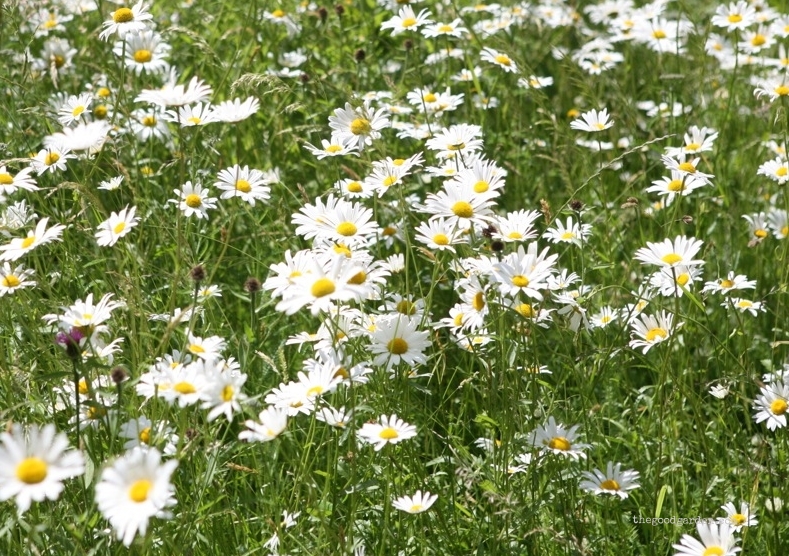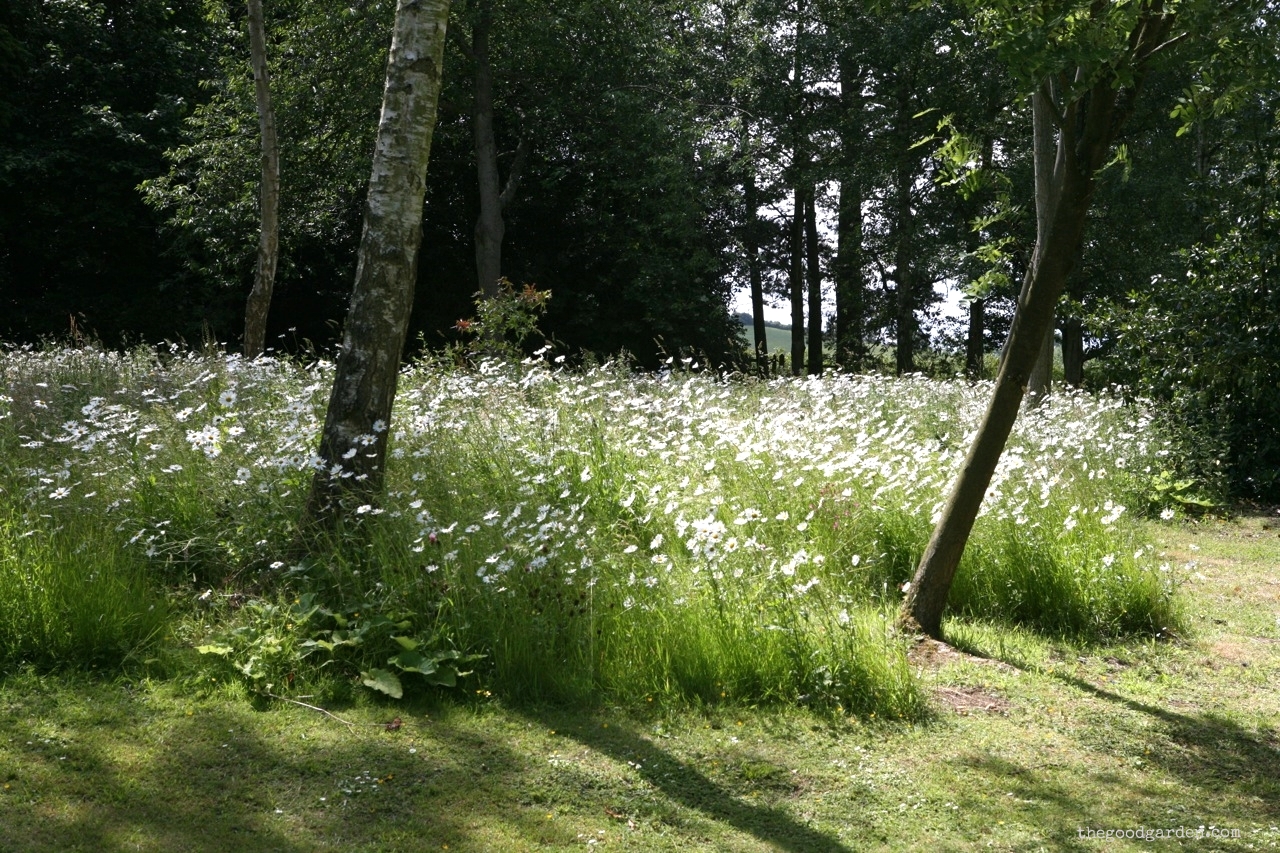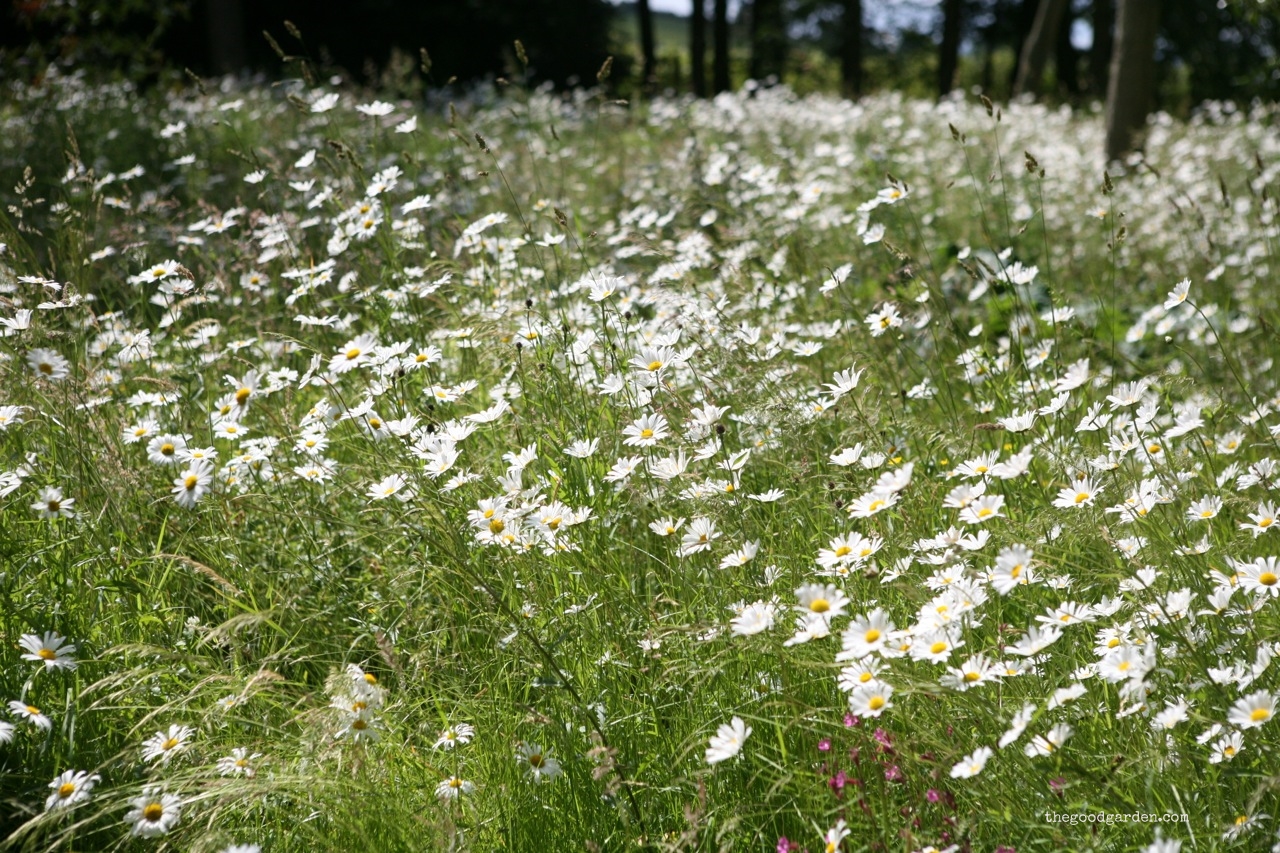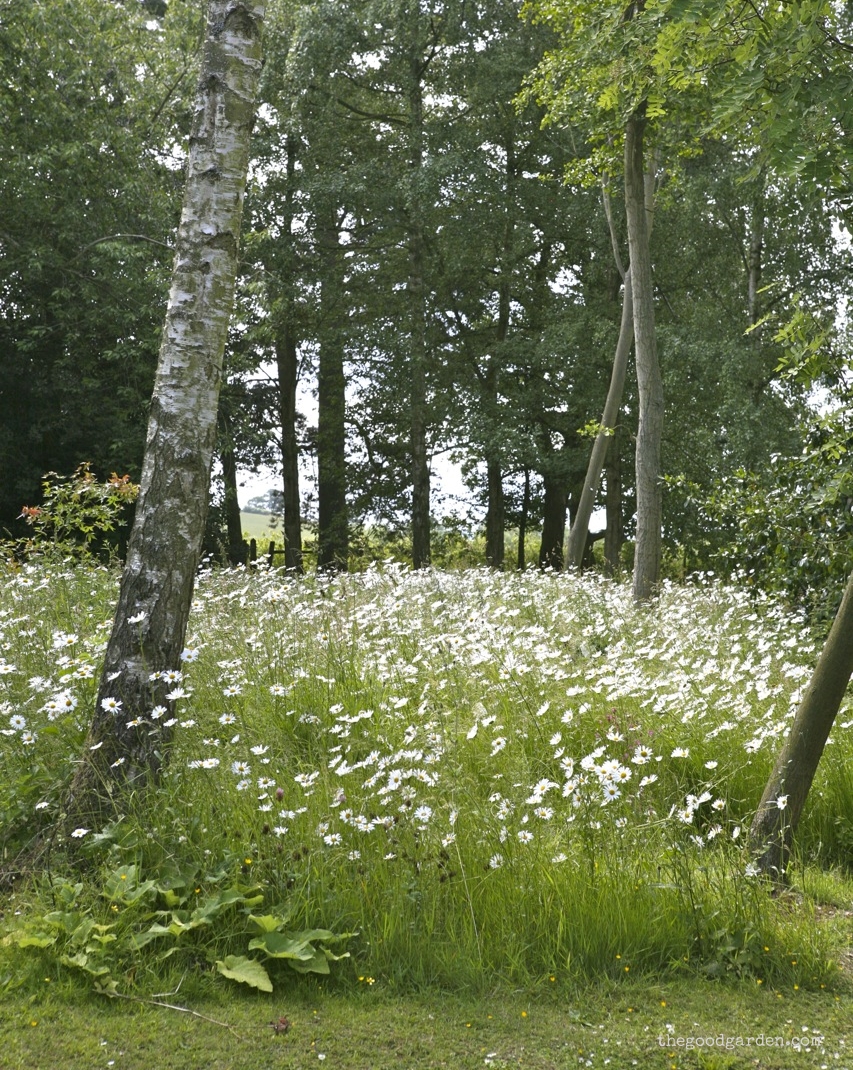“The only way in which a variety of aspect was deliberately chosen was in the way of thinning out the natural growths… to clear away all but one, or in some cases two kinds of trees… Even in this the intention was to secure simplicity rather than variety, so that in moving about the ground there should be one thing at a time to see and enjoy. “ Gertrude Jekyll, Color Schemes for the Flower Garden, 1914
Gertrude Jekyll was a major force behind the arts and crafts garden. She reached millions of gardeners through her writings in Country Life, William Robinson’s The Garden, and more than a dozen garden books.
Though we cannot know for sure, it is likely that Lawrence Johnston was influenced by her work. On a recent visit to his world famous garden Hidcote in the English countryside, it was an area called “The Wilderness” that reminded me most of Jekyll.
At first, "the wilderness" seems like an apt description. An idyllic wooded section that only nature could have created; it could be a grove in any nature preserve. But this wilderness is man-made. Johnston features a few tree species, most notably birch, that are thinned in order to let light in. Mown grass paths meander through the garden the way a curving stream might cut the space; a real contrast to the linear lines in the rest of the garden.
On the mid-summer day I visited I was struck by the restraint: stands of trees underplanted with drifts of daisies. The simplicity gives the space cohesiveness. Instead of being boring, it invited me to appreciate these few plants more deeply, to take in the overall composition. This garden is nature made better through editing.
It was hard to believe that Hidcote began as a windswept plot with poor soil. It took Lawrence Johnston over 40 years, starting in 1907, to create what we see today: axes, garden rooms, and borrowed views from the countryside beyond. In 1922 he engaged Frank Adams as head gardener to help him realize his vision. The garden is now so established that it looks like it has always been this way.
With names like "The Old Garden", "The Red Borders", "The Pillar Garden", "The Long Walk", each outdoor room represents a unique, self-standing space with lessons that can be adapted to smaller areas.
While many designers share their approach to garden-making through writing, Johnston poured his unique combination of artistry and plant knowledge into his garden. He let his garden speak for itself. Hidcote expert Fred Whitsey writes, “The only picture it is possible to build is one of a man who shunned the limelight and public knowledge, and was secretive to the point that even now, many years after his death, he is as elusive as thistledown.” I am disappointed that Johnston did not leave notes behind that would have allowed us to get to know him better. The clues to who he was remain in his garden work.
The February 22, 1930 issue of Country Life that featured Hidcote. Source: rostronandedwards.com
Just as Johnston sought inspiration from others, he serves as an inspiration for us today. His garden was featured in several Country Life 1930 articles and designer Russell Page’s 1934 radio program. There are clear similarities between Hidcote and the later work of Vita Sackville-West and Harold Nicolson at their garden at Sissinghurst.
In 1948, Hidcote became the first property to join the National Trust exclusively for its garden; a significant achievement since the property had no endownment.
Today over 150,000 people visit Hidcote each year. Hidcote is in the Cotswolds, about 2.5 hours outside of London.







